Olivia Pudelko strides towards a greener future one pair of mules at a time.
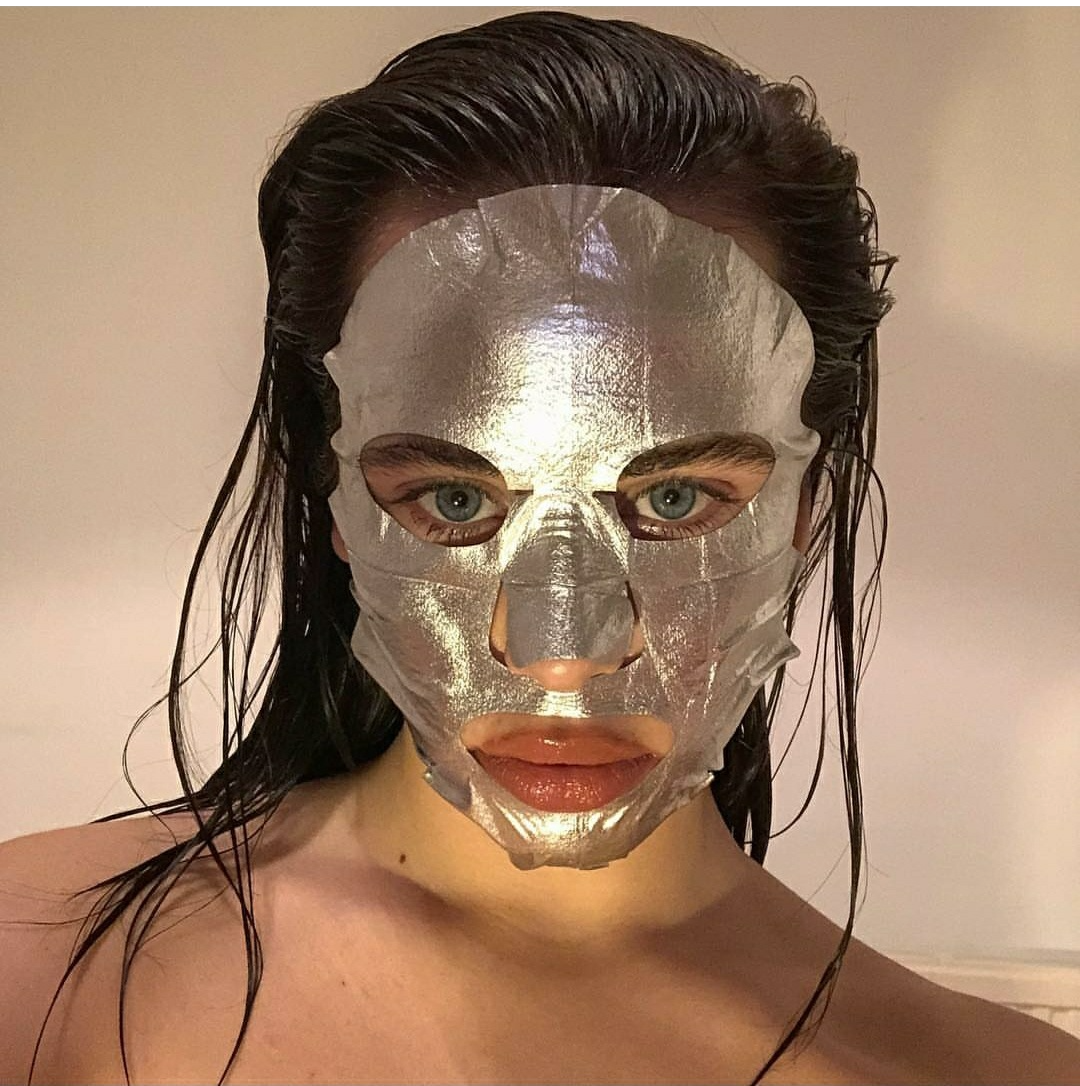
At a time when discussions on over-production/consumption in fashion are reassuringly persistent, yet concrete changes seem few and far between, London-based shoe and millinery label WESTERNAFFAIR shines as sustainable luxury’s crown jewel. For the mind, soul and sole pair of hands behind the brand, Olivia Pudelko, an instinctive journey is central to creation, both literally and metaphorically. Her graduation show at the University of Westminster in 2017 prompted multiple requests for accessories featured in the installation. If the shoe fits… well, make it. Pudelko doubled down on her knack for material-driven experimentation—“it’s about doing; like expressionism in art, it’s a fast designing process”—fusing art, fashion, and environmental consciousness. WESTERNAFFAIR the brand was then born after a chance pilgrimage to the sheepherders of the Polish-Slovakian mountains. Following hotcake sales at 50m London and countless editorials, this summer saw the much-anticipated launch of the brand’s own website, a testament to Olivia’s hard work, and an even harder stance on fast fashion; she is adamant that we all share the responsibility to tackle our gaudy consumerism by buying exceptional items that “represent who you are” and cherishing them “till they fall apart”. WESTERNAFFAIR cultivates precisely that kind of luxurious peculiarity—the future of fashion might just be wearing a fluffy mule.
You have a fine art background and you said previously that you got into millinery through wanting to experiment with workshops available at your school, and fusing art and fashion to make “wearable sculptures”. What was the turning point for you? When did you go from experimentation to “shit yes, this is something to really focus on”, to starting your brand?
After my graduation show, a lot of magazines were requesting shoes and hats that they saw in my art show, it was a set with 5 characters, and I began making new pieces for publications and carried on from there. It’s only very recently that I started working towards turning this into a proper brand.
Where does the name WESTERNAFFAIR come from?
It just came to my head when I was signing up for Instagram. Only my subconscious knows!
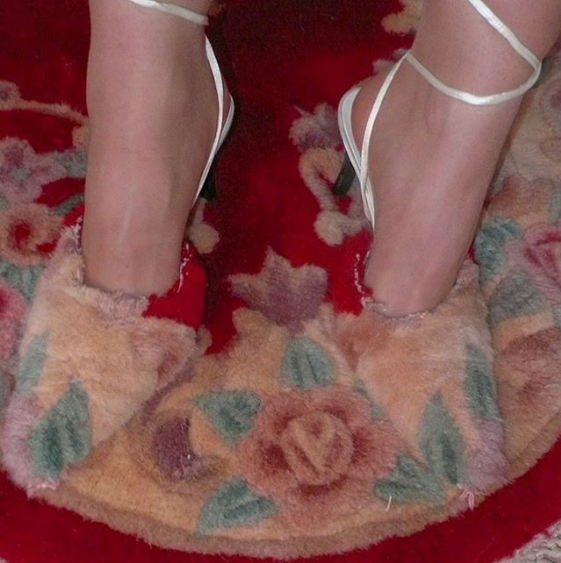
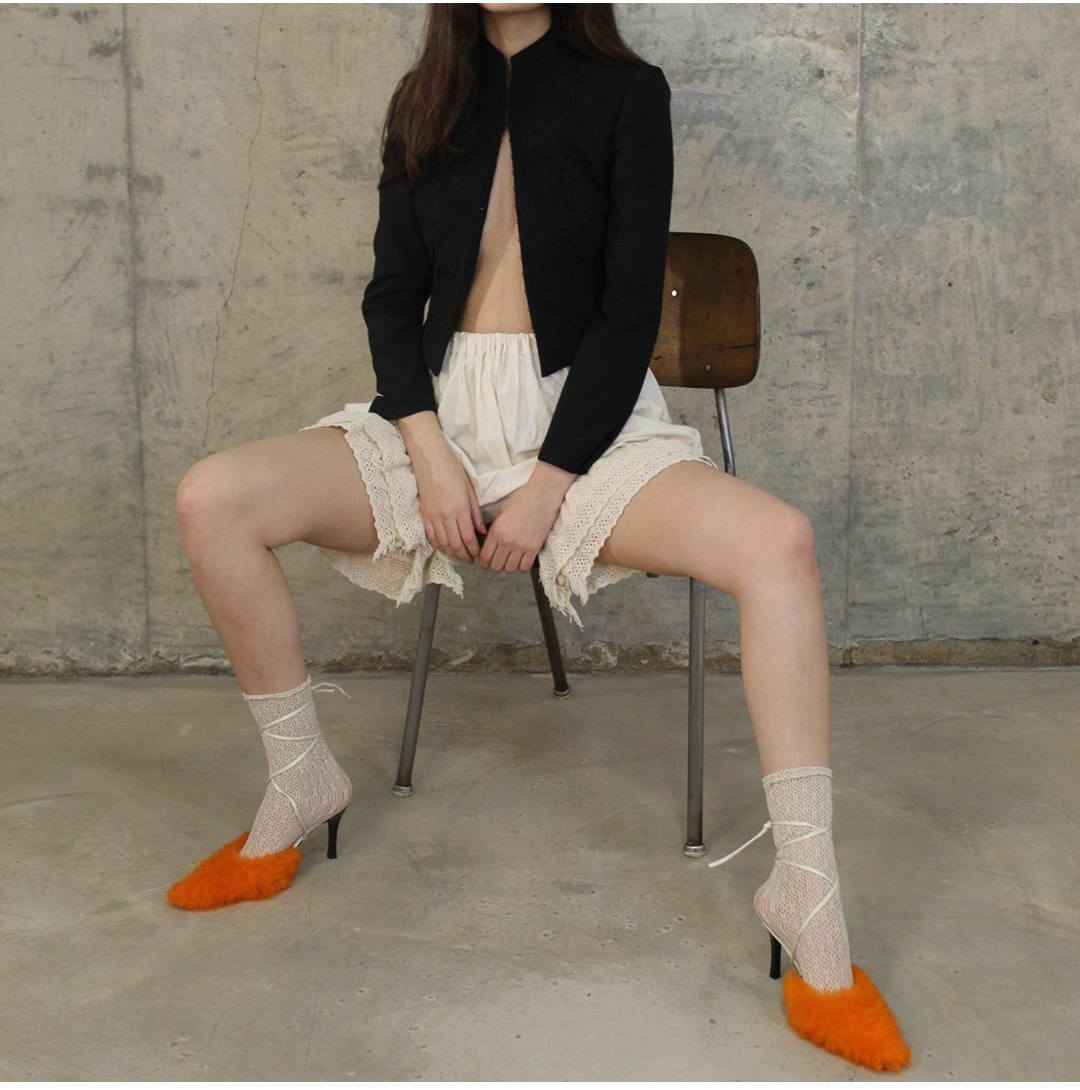
Tell us a bit about your process—from initial idea to the finished product. What motivates you creatively?
The materials I find. I don’t have a design in mind when I start working. I sit with materials in front of me and experiment with how I can use them. It’s more about doing, like expressionism in art; it’s a fast designing process, but execution can be longer and especially now I try to make very polished pieces that I could sell.
And on a purely technical level, how long does it take you to make one pair of shoes? Do you have any assistance from anyone?
One week at least, because often it’s a process I have to wait for stuff to dry, etc. I do everything myself, but hopefully getting some help soon.
What’s the last beautiful thing you encountered that left an impact?
A sunset a couple hours ago. I love when the blue and yellow are a bit brown and dirty like an old oil painting. I would love to do something with that in the future, whether it’s a print or just the colour scheme.
What are some of the scenarios perfect for wearing one of your pieces? Who is the ultimate WESTERNAFFAIR customer ?
Anyone and at any time! Everyone should have a right to express themselves and be safe at all times.
How many pairs of shoes do you own yourself?
Unfortunately, I’m renting, so I cannot have an amazing collection yet, but once I have my place it will be a shoe museum.
What’s the most fulfilling part of your job as a young independent designer, and what’s the most unpleasant/stressful? What advice would you give those starting out?
The most fulfilling part is having created something beautiful, a finished object. Most stressful and unpleasant are sometimes the people. I hate to say, but that’s the part I dislike the most—having to deal with demanding, unappreciative people, who don’t treat you like a human being with emotions. But don’t grow cold! Just always make sure to spread kindness instead, treat others how you would like to be treated, and appreciate your close friends who are great to you.
The theme of our new issue is (PARA)NORMAL, where we focus on all things ritualistic and instinctive… On your website, you describe the discovery of what has become a signature WESTERNAFFAIR sheep fur on a desolate mountain hike, and that to source the textile “a pilgrimage is necessary”. Beyond the practical implications, how important is the journey to you when it comes to finding new materials and inspiration? In other words, what’s the value of intuition and ritual in your work?
Yes, I think travelling is very important, even if it’s locally, my materials always come from odd places. I only buy paints from an art shop, everything else is like DIY stores, at university I would make art from sand, seeds and spices.
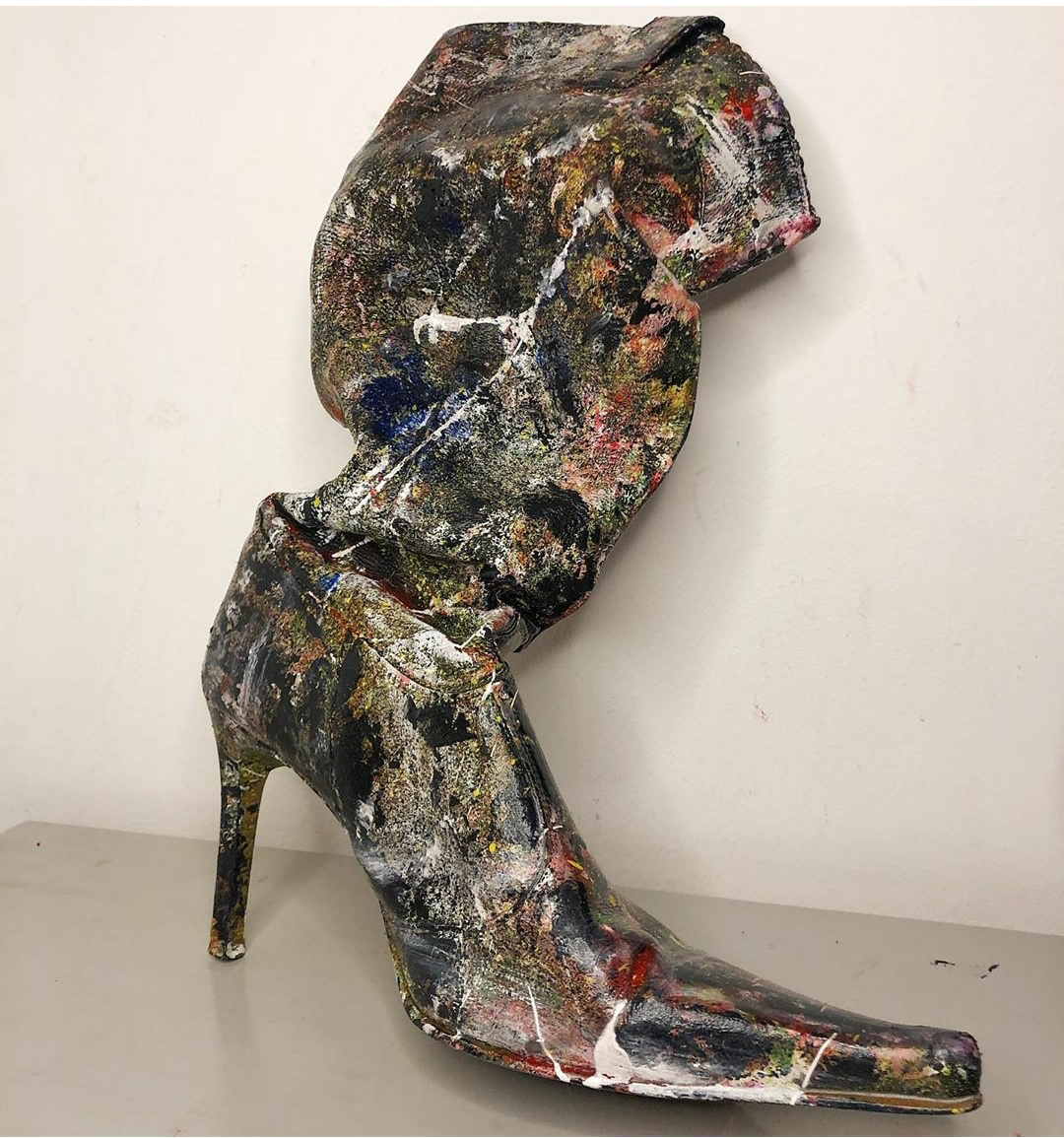
Do you engage in any rituals in life, whether mundane or special? What do you do to build yourself up?
I listen to myself, and I’m kind and understanding towards me. I work very long, intense hours when I’m on a project, I become very dedicated, but when I have free time I lounge around, take baths and see my family in the Cotswolds. They’re so wholesome, living near a forest, very outdoorsy and have lots of pets too, it keeps me grounded.
Discussions of sustainability are all the rage in the world of fashion, and your work is very much at the forefront of that. What’s something we all simply must do to aid in the battle for sustainability? And what would you like to see change in the industry at large?
DON’T BUY FAST FASHION. Don’t buy trends, get items you love that represent who you are and cherish them until they fall apart. Or pass them on if they no longer suit you; they’ll be useful to someone else. I think the change in this industry really has to come from customers, we all should buy less. Looking back a couple of generations, clothing used to hold value and you would have few things and would get them tailored if needed.
Finally, who would you like to shine a spotlight on next in the world of fashion? Who do we simply have to know?
Tom Blesch, he’s the best photographer I know, he creates the concepts for his shoots so carefully. He really pays attention to so much detail and is always experimenting with new cameras and techniques. And above all that, he’s the kindest, most loving and giving person.
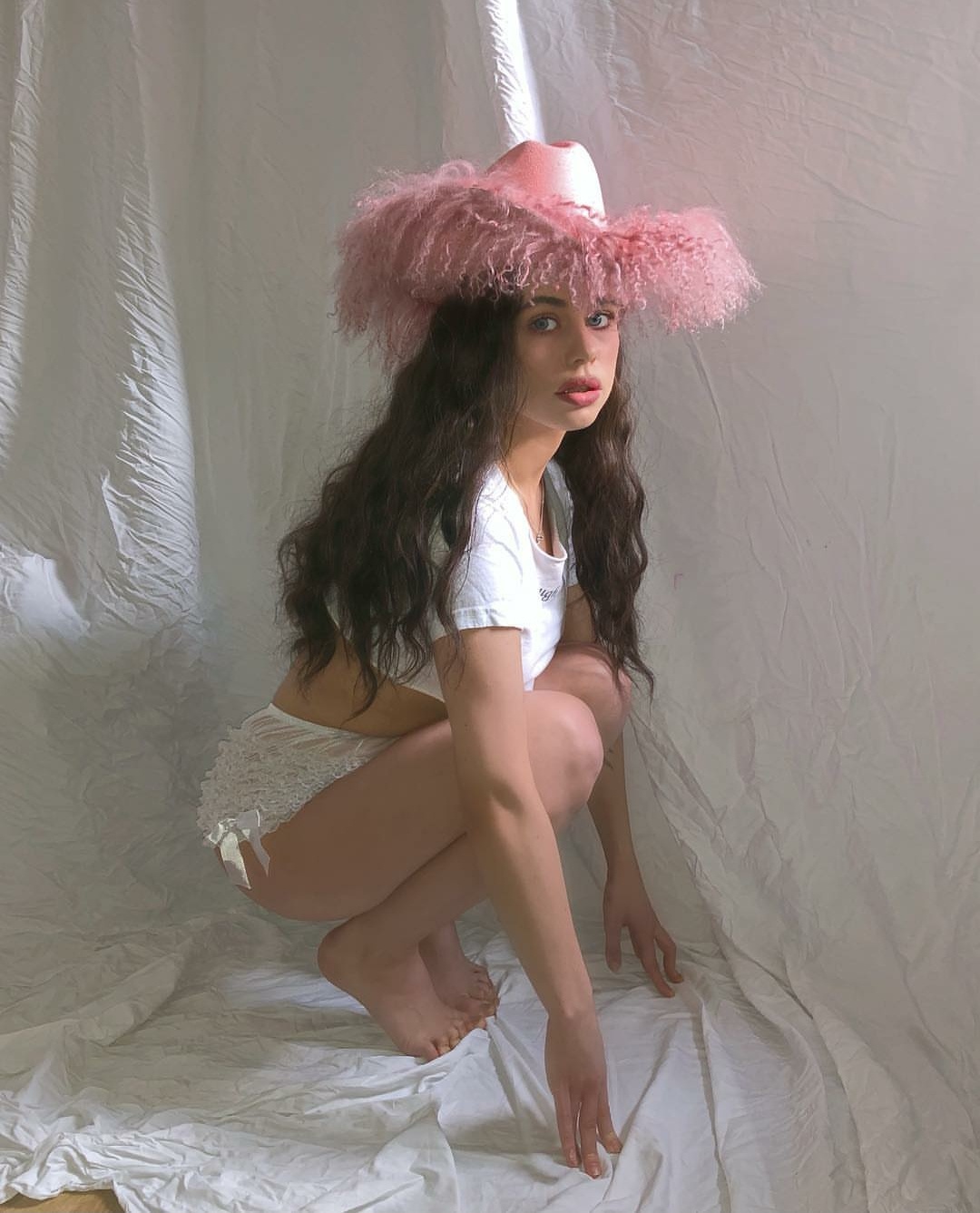
Photography Tom Blesch